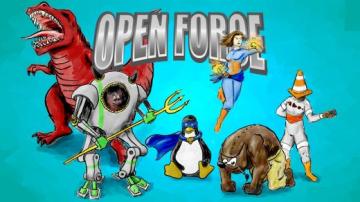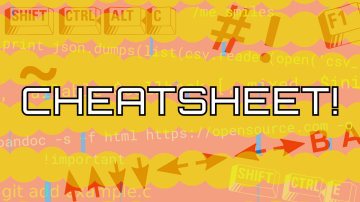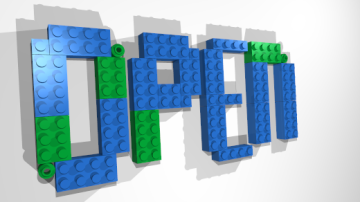
Jason van Gumster mostly makes stuff up. He writes, animates, and occasionally teaches, all using open source tools. He's run a small, independent animation studio, wrote Blender For Dummies and GIMP Bible, and continues to blurt out his experiences during a [sometimes] weekly podcast, the Open Source Creative Podcast. Adventures (and lies) at @monsterjavaguns.












Authored Comments
Another application worth the mention for ebooks is Calibre. It's billed as an ebook management program, but it's especially handy for conversions and previews.
Oooh. That's a handy looking little device. A tad expensive for my tastes, though. If I'm rolling my own, I'd personally lean towards using something I already have on hand.